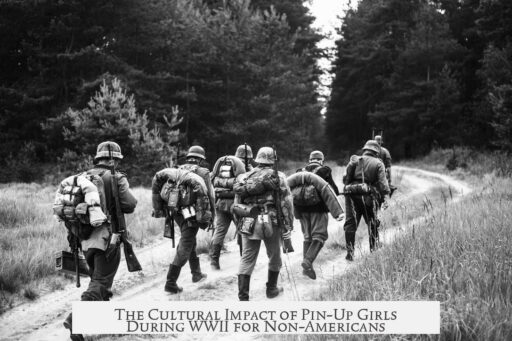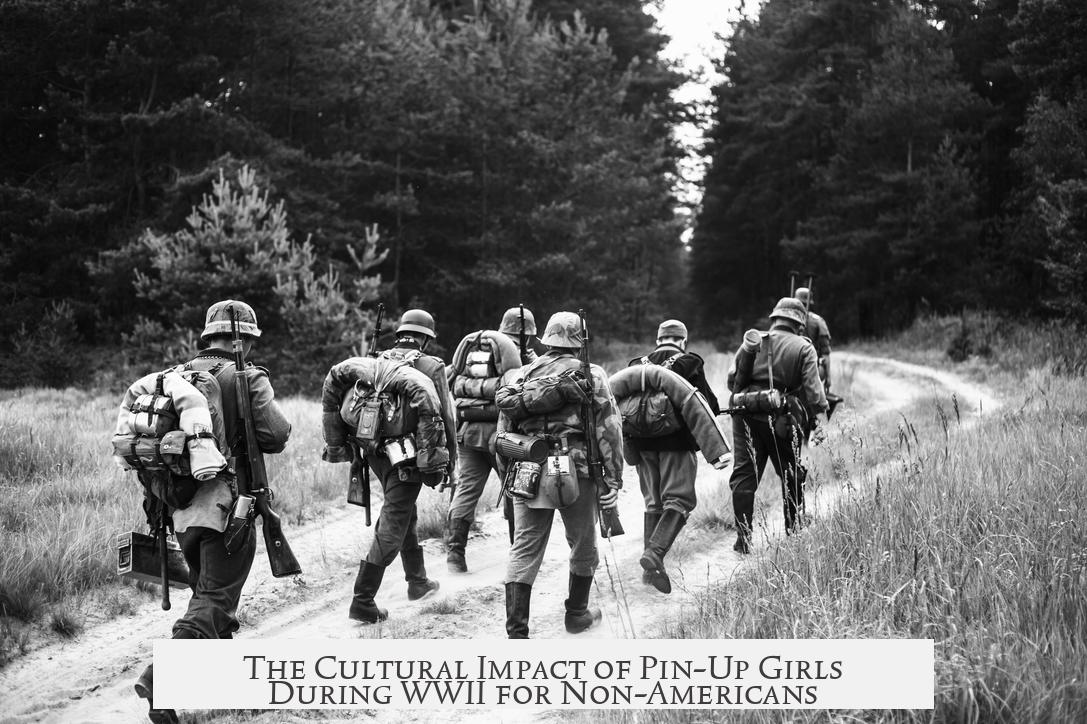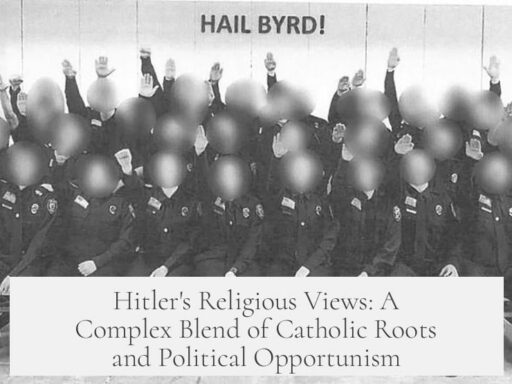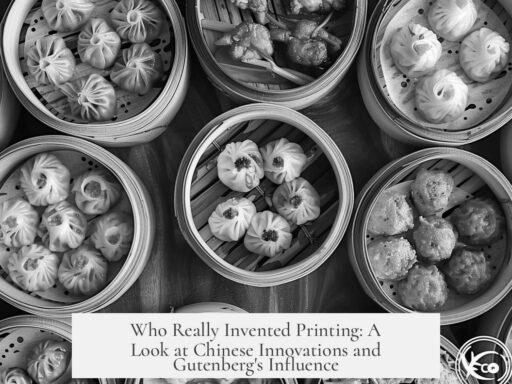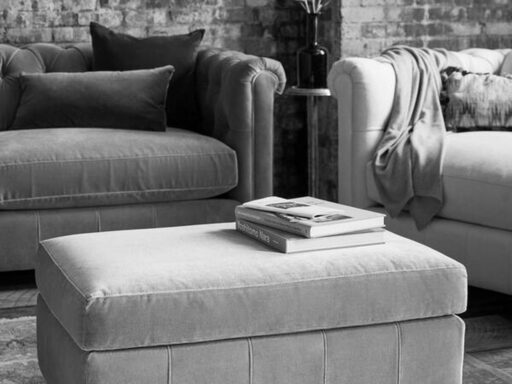Pin-up girls during WWII held multifaceted significance beyond American borders. They boosted morale, symbolized women’s evolving roles, featured in government propaganda, reflected cultural shifts, and served as unit identifiers on military equipment, shaping both wartime experience and post-war perceptions.
For non-Americans observing the impact of pin-up girls during WWII, their primary role involved morale enhancement for troops stationed far from home. Servicemen regarded pin-up images as personal tokens and emotional ties to families and loved ones, embodying hopes and motivations to persevere. These images represented a psychological anchor amid the chaos and threats of war. Many Allied and Axis soldiers alike used similar morale boosters, indicating a broader wartime cultural phenomenon, not confined to the American context.
Pin-ups also symbolized women’s expanded contributions during the war. The conflict forced many nations to rely on women in roles traditionally held by men. Pin-up art captured this new social landscape by portraying women in a variety of empowering images, wearing uniforms or work attire related to factories, hospitals, and military auxiliaries. These images inspired women to join auxiliary groups and industrial workforces. Propaganda campaigns in various countries leveraged pin-up styles to motivate women to contribute directly to the war effort, reflecting shifting gender norms during the conflict.
Governments used pin-up imagery strategically in propaganda. They classified pictorials into “good” and “bad” pin-ups. Good pin-ups were modestly dressed, often in military-like outfits, reinforcing patriotism and encouraging behaviors like buying war bonds and supporting the home front. Conversely, bad pin-ups were more provocative and served as warnings against risks such as venereal disease and espionage. These cautionary visuals aimed to keep soldiers vigilant and healthy. This dual use showed a nuanced government approach that engaged emotions while promoting discipline.
Pin-up girls reflected contemporary social and cultural mindsets. Their costumes and poses captured women’s presence in once male-dominated spaces, such as factories and offices. The imagery illustrated a “realistic fantasy” of women balancing femininity with newfound public roles. This duality reveals cultural tensions and adaptations during wartime—women stepped into public and economic spheres yet remained morale symbols aligned with traditional ideals. This layered meaning made pin-ups symbols not only of attraction but also of wartime social transformation.
Another important aspect was their use as personal and unit identification. Military personnel often painted pin-up art on vehicles, aircraft, and tanks, alongside personal names or symbolic references. These “war paint” images psychologized combat machinery and fostered esprit de corps. Vehicles like the Enola Gay bore iconic pin-ups, strengthening unit identity and acting as talismans. This practice existed in many armies, serving both as informal morale boosters and historical markers of unit stories.
Following the war, pin-up imagery evolved markedly. As soldiers returned home and societies shifted toward nuclear family norms, pin-ups grew more sexualized and less tied to their earlier collective meanings. The images became isolated largely to men’s magazines where women lost earlier agency and were often depicted with exaggerated body proportions. This shift reflects post-war cultural currents prioritizing consumption and idealized femininity rather than shared wartime sacrifice or social roles. Artists like Bill Ward exemplified this change in the late evolution of pin-up art.
| Aspect | Significance |
|---|---|
| Morale Boost | Emotional support, symbol of home for troops overseas |
| Women’s Role | Inspiration for female war effort involvement, reflecting social shifts |
| Government Propaganda | “Good” pin-ups promoted patriotism; “bad” pin-ups warned soldiers of risks |
| Cultural Reflection | Images showed women balancing work roles with feminine ideals |
| Unit Identity | Artwork on military equipment fostered spirit and personalization |
| Post-War Evolution | Shifted to sexualized depictions, losing earlier complexities |
- Pin-up girls served as morale symbols for soldiers worldwide, linking them emotionally to home.
- They illustrated and encouraged women’s expanded roles across war-related industries.
- Governments differentiated pin-ups in propaganda to balance encouragement and caution.
- The imagery reflected the complex cultural shifts around gender during WWII.
- Pin-ups on vehicles and aircraft fostered unit cohesion and identity in combat zones.
- After the war, pin-ups evolved into sexualized images primarily consumed by men, losing earlier social significance.
As a Non-American, What Was the Significance of Pin-Up Girls During WWII?
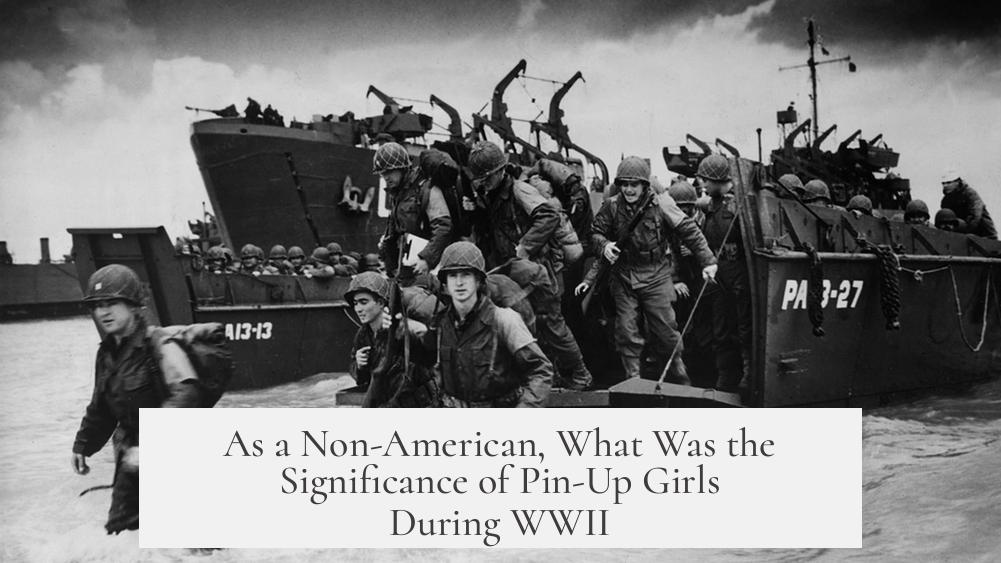
Pin-up girls during WWII were not merely American icons; their influence stretched worldwide, touching the hearts and minds of millions of servicemen and women across many nations. They carried weight far beyond their glossy images, transforming into powerful symbols of hope, motivation, and social change—even for those outside the United States.
But how exactly did these alluring pictures come to matter beyond American shores? Let’s unpack their unique significance from a non-American perspective.
A Bridge Back Home: More Than Eye Candy
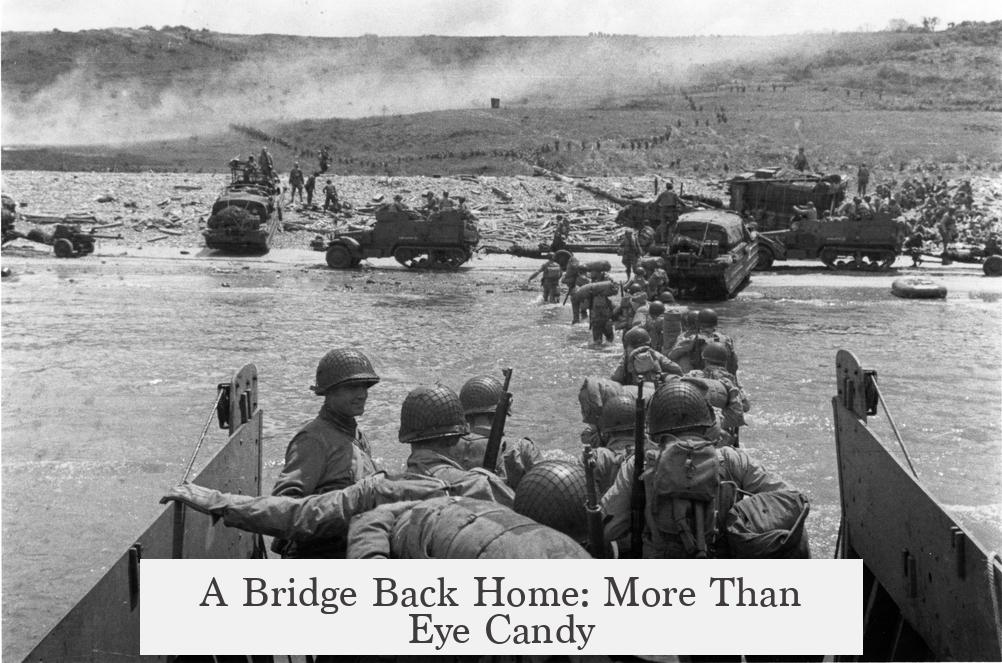
Imagine being thousands of miles away in an unfamiliar land, facing constant danger. For many soldiers—not just Americans—pin-up girls served as more than attractive images on barracks walls or aircraft noses; they were emotional lifelines. Pin-up girls represented home—a mother, a sister, a lover waiting in peace. This connection was priceless for the troops’ morale.
One could say these images acted like talismans. Holding a pin-up picture, soldiers felt they were fighting not just for victory but for people and places they cherished deeply. This helped keep hope alive in dark times and glued their spirits firmly to their mission.
More Than Glamour: Women’s Wartime Roles Illuminated
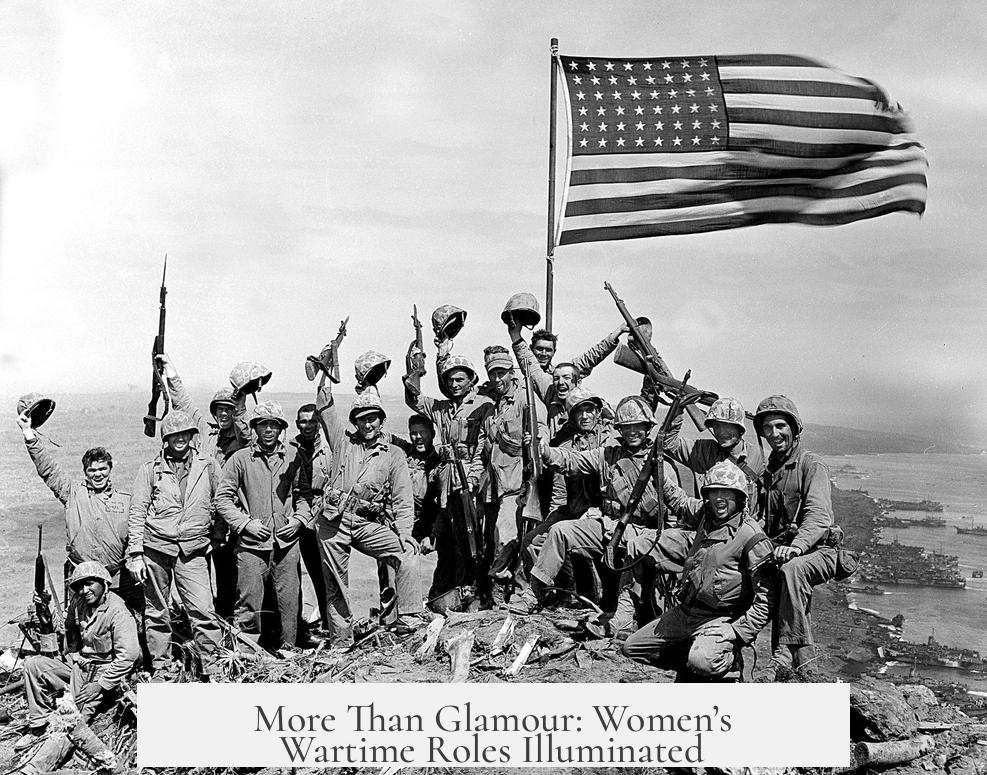
Pin-ups weren’t just about bikinis and smiles. They also conveyed powerful messages about women’s expanding roles during the war. Non-American countries watched this shift unfold, often inspired by how these images showed women stepping into factories, auxiliary military branches, hospitals, and offices.
Government propaganda campaigns in several countries used pin-up imagery to encourage women to join the war effort. For example, artists like Buell and Devorss crafted images encouraging women’s productivity and patriotism.
This dual role of pin-ups—erotic but also empowering—mirrored an essential transformation. It said: “We may look glamorous, but we’re vital to winning this war.” This was revolutionary, especially in nations where women’s societal roles had been previously limited.
Pin-Ups as Propaganda: The Good, the Bad, and the Useful
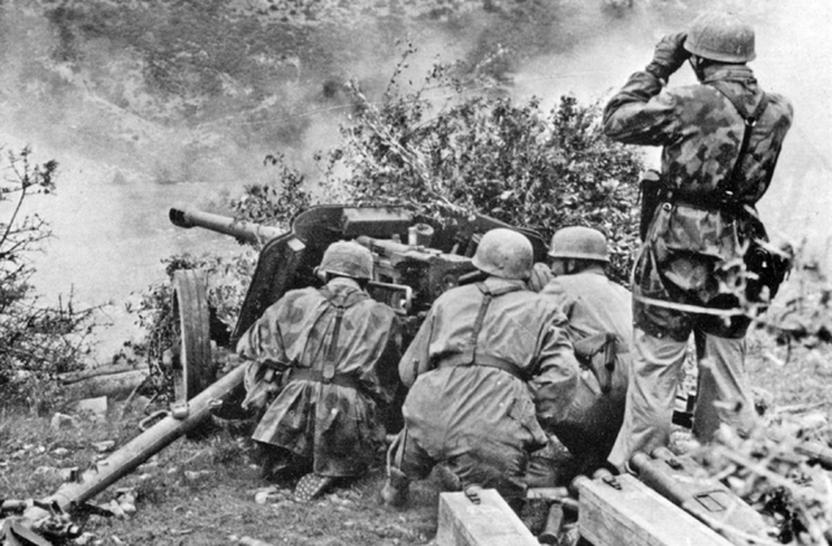
Governments cleverly used pin-ups as tools of propaganda—almost like a double-edged sword. These images came in two flavors:
- The “Good” Pin-Ups: Clothed in military uniforms or modest attire, these women symbolized purity, determination, and patriotism. They rallied troops and civilians alike to contribute to the cause by buying war bonds or joining auxiliary groups.
- The “Bad” Pin-Ups: More provocative and often scantily clad, these images served as warnings. Army pamphlets employed “bad” pin-ups to alert soldiers about risky behaviors like venereal diseases, loose morals, or potential espionage. Essentially, they played a cautionary role.
This strategic differentiation helped maintain morale, discipline, and effectiveness. Even non-American armies studied and adapted these psychological tools to fit their cultural narratives.
Reflecting Societal Change: Women in Roles Once Male-Dominated
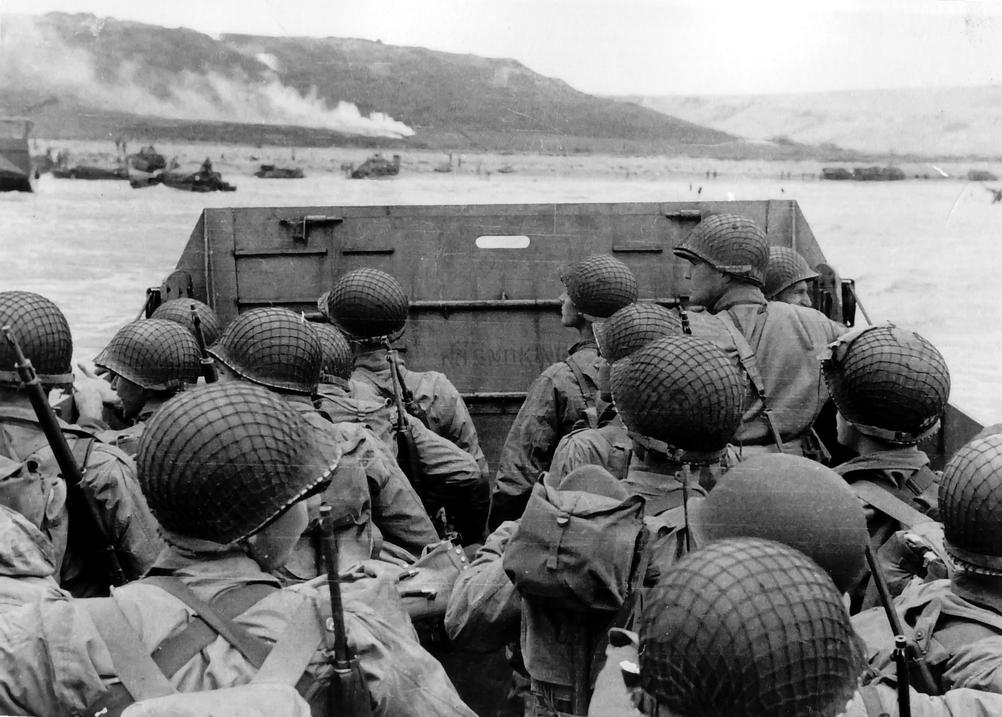
Pin-up imagery captured a snapshot of rapidly changing social structures. Women were needed for factory work, university programs, and administrative roles lost to male conscription.
The poses and costumes of pin-up girls reflected these shifts. Many showed women in working roles, but still accessible and motivational to men. It was a realistic fantasy—women becoming workers, caregivers, and soldiers all at once, yet still symbolizing beauty, strength, and hope.
For non-Americans especially, these images sometimes represented a glimpse into an evolving Western society that impacted global morale and gender norms alike.
Personal and Unit Identity: War Paint for the Soul
Want to guess how pin-ups went beyond paper? Many crews painted these iconic girls on trucks, tanks, and aircraft. This “war paint” symbolized unity and identity, creating a morale boost for crews heading into battle.
Take the infamous Enola Gay, the plane that dropped the first atomic bomb—it proudly bore pin-up art. This helped soldiers personalize their machines and strengthen bonds with loved ones back home without fancy words.
For non-American soldiers, this practice wasn’t foreign either—many allied forces adopted similar traditions, reinforcing camaraderie across cultural lines.
The Aftermath: Pin-Ups Post-War and Their Changing Meaning
When soldiers returned home, pin-up girls didn’t just disappear. The post-war era saw these images evolve dramatically. What started as morale boosters and symbols of women’s evolving strength gradually became highly sexualized symbols—often divorced of the empowering context they held during wartime.
Magazines like Penthouse pushed pin-ups into male-centric entertainment, with exaggerated body shapes replacing the more relatable women of the 1940s. Female agency in these images declined as the focus shifted purely to male pleasure.
From a global viewpoint, this shift signaled changing cultural consumption patterns and the commercialization of women’s images, moving away from collective sacrifice toward commodification.
So, What’s the Takeaway?
Pin-up girls during WWII held layered and far-reaching significance across the globe.
- They boosted soldiers’ morale by symbolizing loved ones and home.
- They reflected the increasing role of women in war industries, inspiring participation worldwide.
- Governments deployed them as clever propaganda tools, distinguishing between morale-building and cautionary imagery.
- They functioned as emblems of unit pride through artwork on military vehicles.
- Their post-war depiction shifted towards sexualization, moving away from their empowering origins.
For non-Americans especially, these images represented more than just American culture; they became global icons of hope, change, and identity during the turmoil of WWII.
Next time you stumble upon a WWII pin-up, consider the layers behind that smile and posture. It’s history, culture, motivation, and social change all rolled into one—an enduring symbol that crossed oceans and borders in one of history’s most challenging times.
